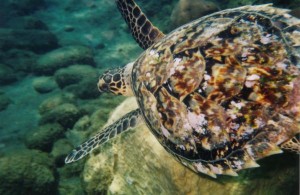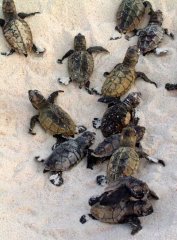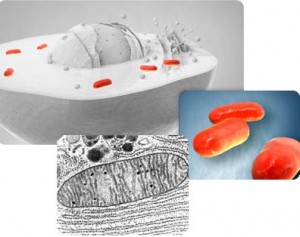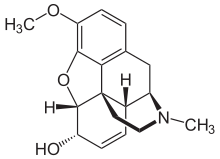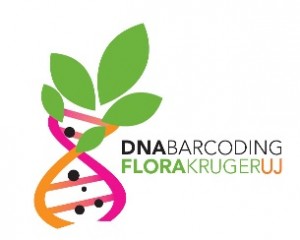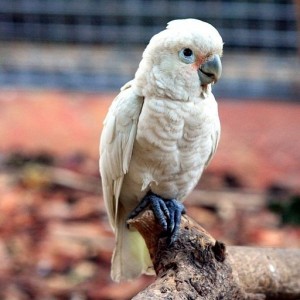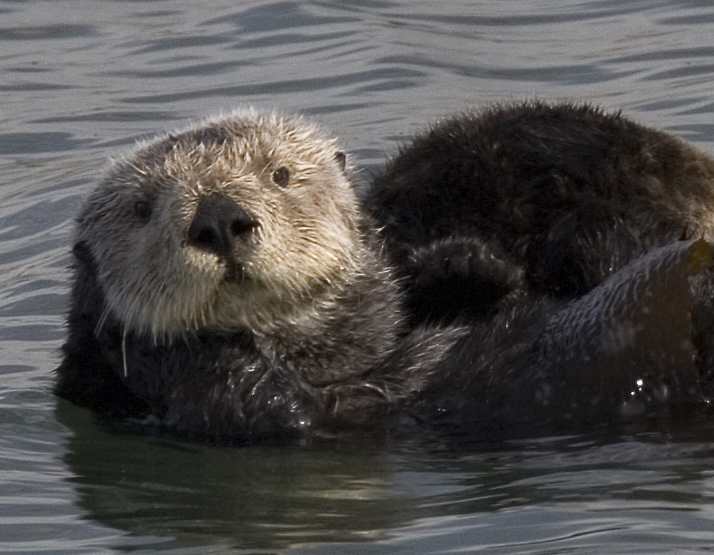Ask your (grand) parents: had they, 30 or 40 years ago, anticipated to live in an era where people carry cell phones, do face time, or shop via the Internet? Some may had imagined to witness today’s technology and some may had not. One of the most debated future technologies that many scientists feel skeptical believing we won’t ever achieve is human-like artificial intelligence. However, new software made last year may bring us closer to creating computers that operate like human brains.
So far there has been a number of artificial intelligences (AI) so smart that one of them has won the quiz show Jeopardy (IBM’s Watson) and another makes video games on its own (Angelina). Artificial Intelligences are programmed to think like people so that if one asks it and a real human a question, he cannot distinguish whether answer is from the real human or an AI. However, AIs do not at all work like human brains do; they are computers pre-programmed only to perform tasks with the data they store.
This time, a team of scientists of the University of Waterloo made an artificial brain that works more similar to ours. Its name is Spaun, acronym for Semantic Pointer Architecture Unified Network. Spaun is a supercomputer with 2.5 million simulated neurons (average human brain has 80 – 100 billion), an eye, and an arm. With its 2.5 million neurons, Spaun processes what it sees with its eye and performs tasks like a human brain would. Below is a video and a summary of some stuff Spaun can do:

it can recognize, write, count, and remember numbers as well as forgetting them. via Youtube user: CTNWaterloo
The abilities of Spaun may not seem as impressive as AI Watson or Angelina, and even stupid in comparison, taking 2.5 hours in real time per 1 second in the video. However, the importance of Spaun’s birth is that it works like a human brain. With this, scientists can run experiments unethical to perform on human subjects such as killing neurons and observing brain degradation. Now that we have an artificial model of human brain, I think we are a little closer to the future where computers will think and make decisions on its own like humans.

